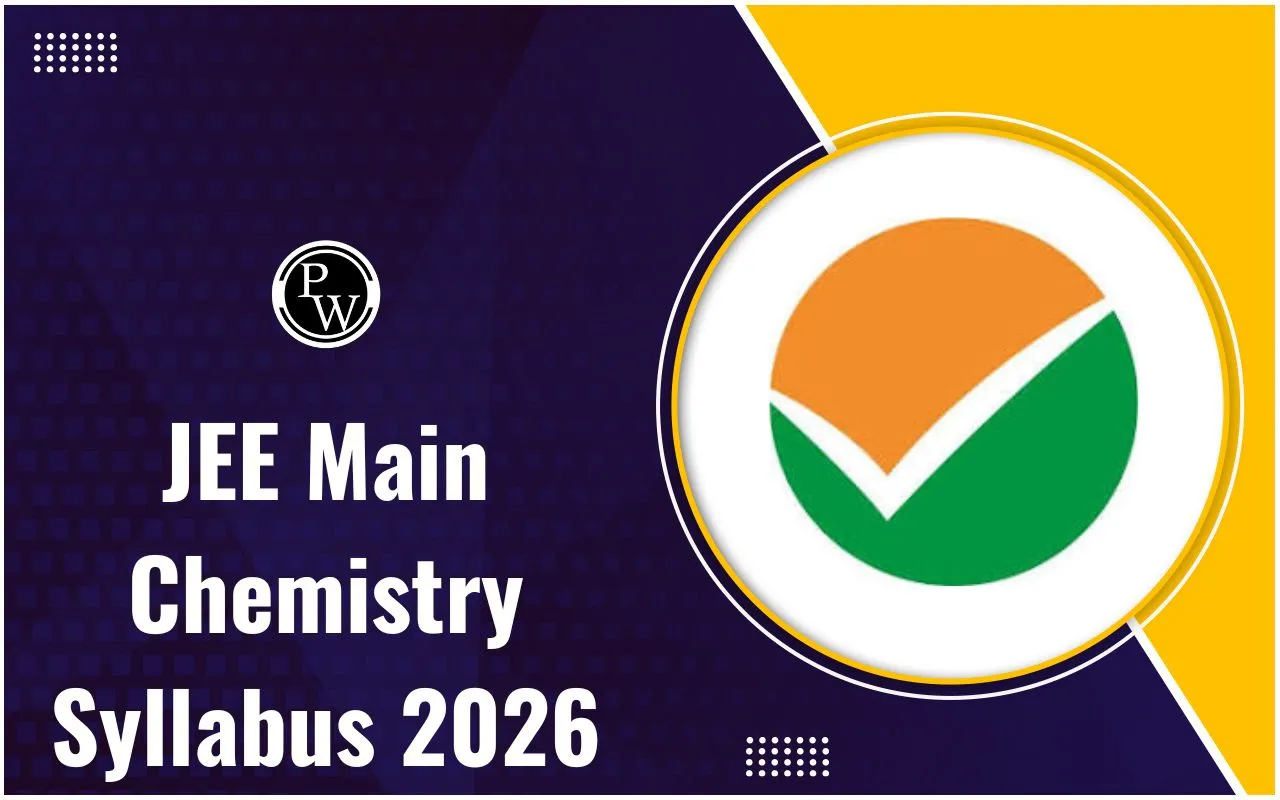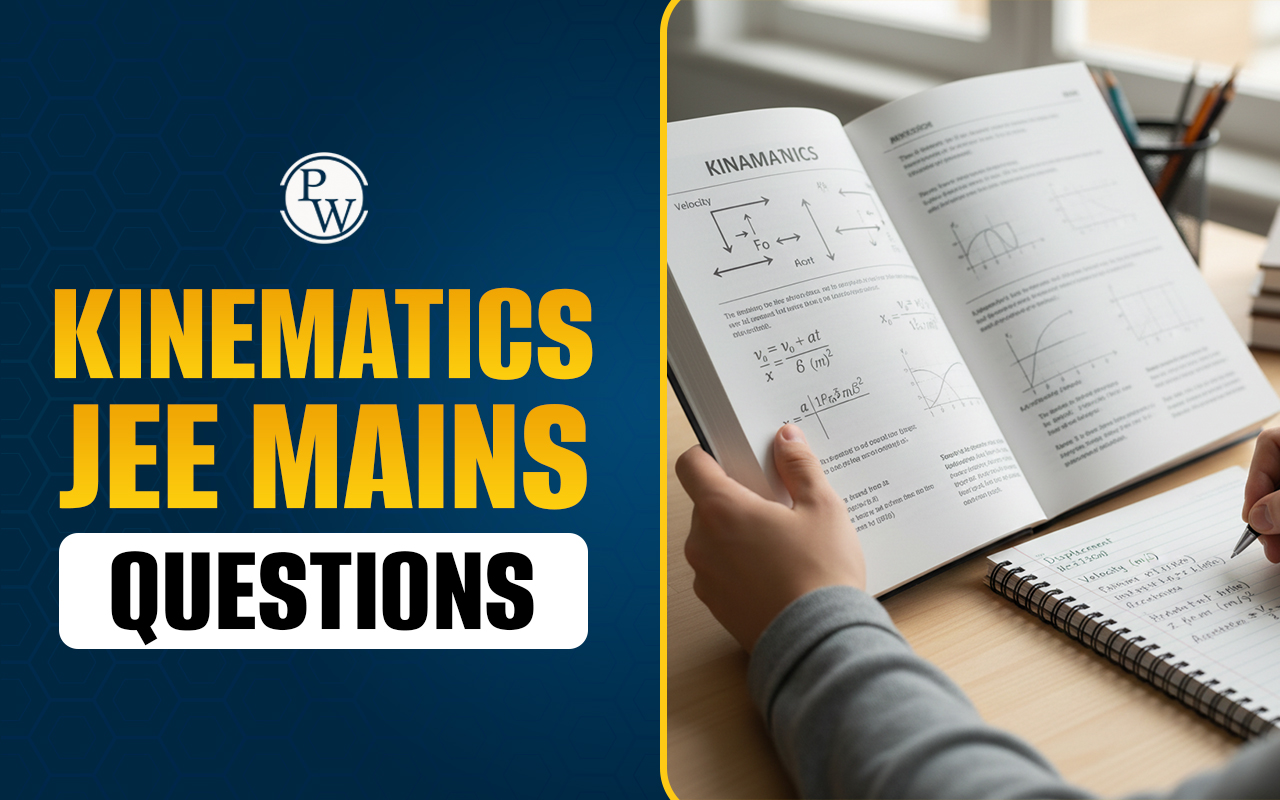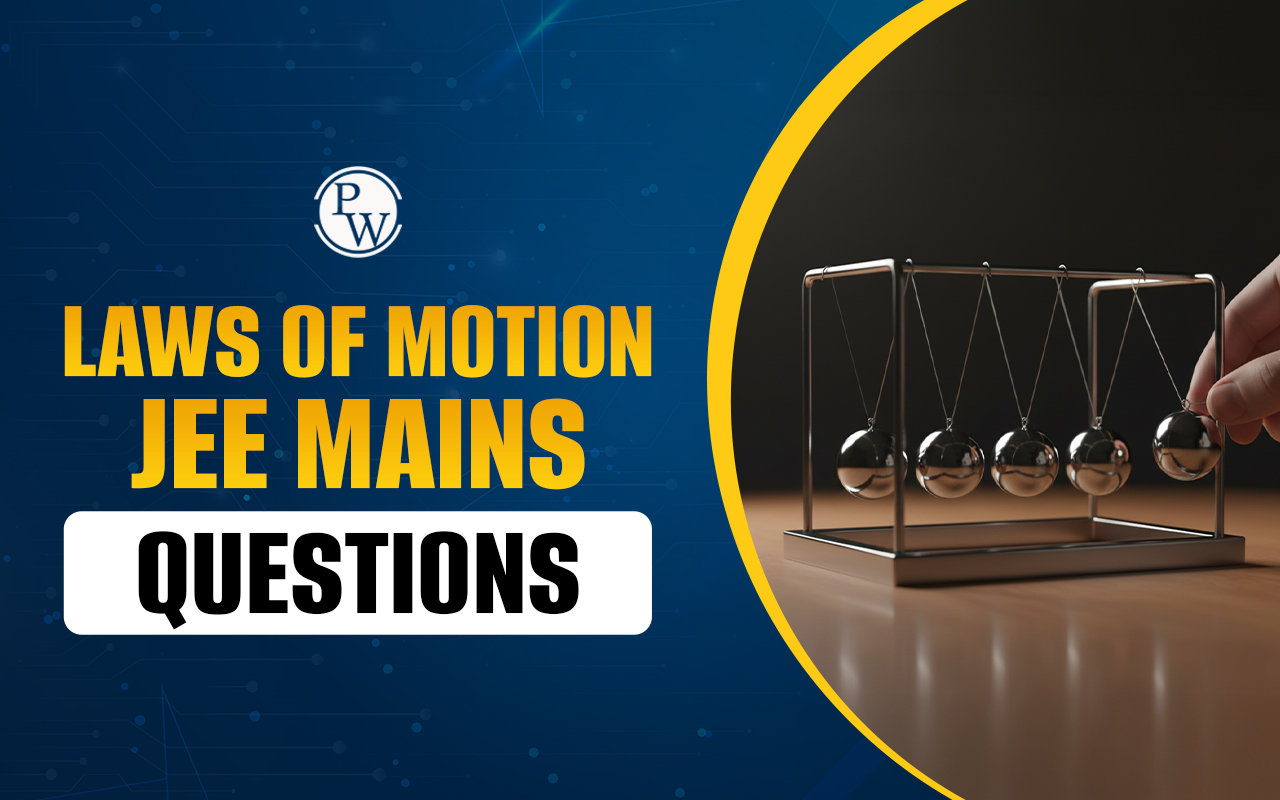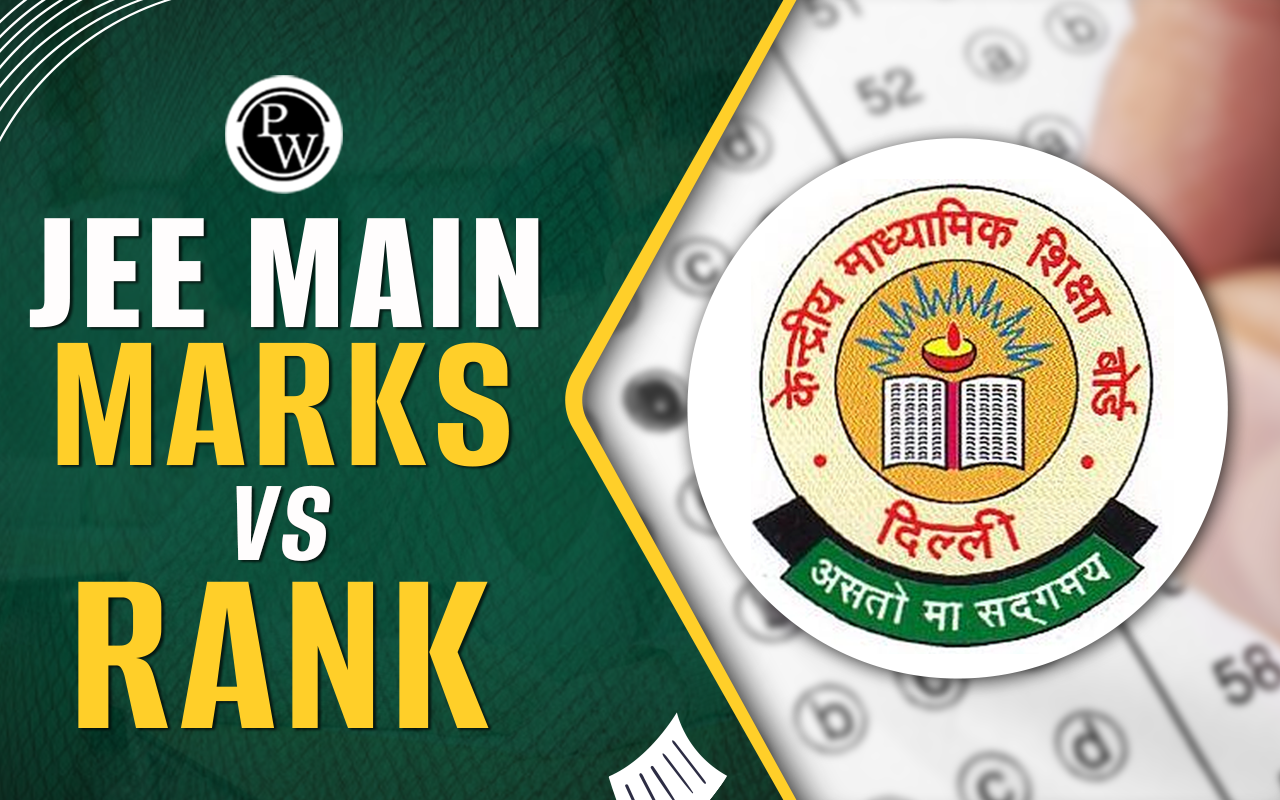
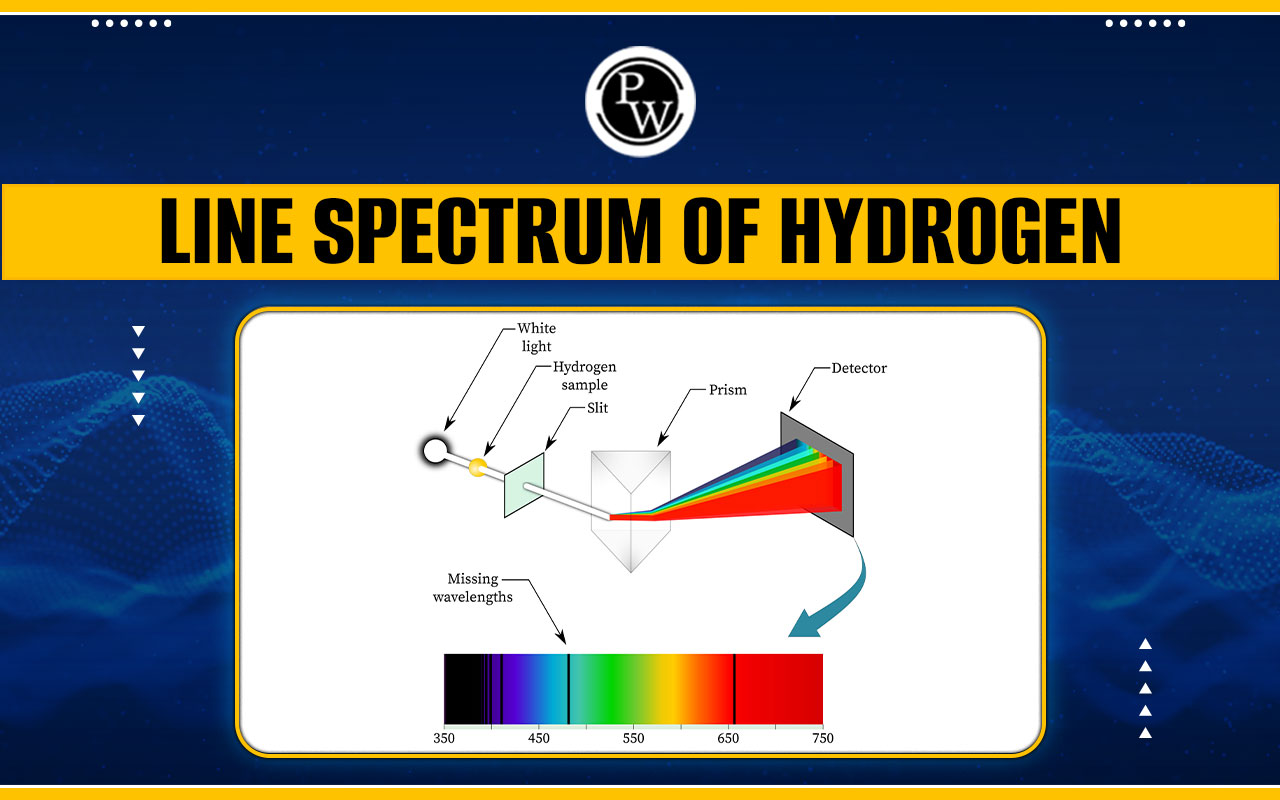
Line Spectrum Of Hydrogen : Hey there, young scientists! Have you ever wondered what makes up the colourful lights we see in fireworks or neon signs? Or why do certain elements emit specific colours of light when heated or excited? Well, get ready to uncover the mysteries of hydrogen– the simplest and most abundant element in the universe – and its fascinating emission and line spectrum. In this article, we'll embark on an illuminating journey to understand how hydrogen atoms emit light and produce unique spectral lines, all explained in simple terms just for you.
Emission Spectrum Of Hydrogen
Let's start by unravelling the concept of the emission spectrum. Imagine you have a special flashlight that shines light through a prism. When you shine the light through the prism, it breaks up into a rainbow of colours – just like a rainbow in the sky after it rains! This rainbow of colors is called a spectrum. Now, if we're talking about the emission spectrum, it means we're looking at the specific colours of light emitted by a substance when it's excited or heated.
In the case of hydrogen, when we heat it or run an electric current through it, the hydrogen atoms get excited and emit light. But here's the cool part – the light emitted by hydrogen isn't just a random mishmash of colours. Instead, it produces a series of distinct lines of light at specific wavelengths, creating what we call an emission spectrum.
Line Spectrum of Hydrogen
Line Spectrum of Hydrogen : Line spectrum of hydrogen is observed due to excitation or de-exicitation of electron from one stationary orbit to another stationary orbit.
Let electron make transition from n 2 to n 1 ( n 2 > n 1 ) in a H-like sample
|
Series |
Discovered by |
Regions |
n 2 |
n 1 |
|
Lyman |
Lyman |
U.V. region |
n 2 = 2, 3, 4… |
n 1 = 1 |
|
Balmer |
Balmer |
Visible region |
n 2 = 3, 4, 5… |
n 1 = 2 |
|
Paschen |
Paschen |
Infra red (I.R.) |
n 2 = 4, 5, 6… |
n 1 = 3 |
|
Brackett |
Brackett |
I.R. region |
n 2 = 5, 6, 7… |
n 1 = 4 |
|
Pfund |
Pfund |
I.R. region |
n 2 = 6, 7, 8… |
n 1 = 5 |
|
Humphery |
Humphery |
Far I.R. region |
n 2 = 7, 8, 9… |
n 1 = 6 |
Spectra Lines Of Hydrogen Atom
Lyman series
- It is first spectral series of H.
- It was found to be in ultraviolet region by Lyman in 1898.
- For it value of n 1 = 1 and n 2 = 2, 3, 4 where ‘n 1 ’ is ground state and ‘n 2 ’ is called excited state of electron present in a H-atom.
-
where n 2 > 1 always.
-
The wavelength of marginal line (i.e. n
2
= ∞) =
for all series. So for lyman series
- I st line of lyman series = 2 → 1
- II nd line of lyman series = 3 → 1
- Last line of lyman series = ∞ → 1
- [10.2 eV ≤ (ΔE) lyman ≤ 13.6eV]
-
Balmer series
- It is the second series of H-spectrum.
- It was found to be in visible region by Balmer in 1892.
- For it value of n 1 = 2 and n 2 = 3, 4, 5, …
-
The wavelength of marginal line of Balmer series =
-
where n 2 > 2 always.
- 1.9 ≤ (ΔE) balmer ≤ 3.4 eV.
Paschen series
- It is the third series of H - spectrum.
- It was found to be in infrared region by Paschen.
- For it value of n 1 = 3 and n 2 = 4, 5, 6……..
-
The wavelength of marginal line of Paschen series =
-
where n 2 > 3 always.
Brackett series
- It is fourth series of H - spectrum.
- It was found to be in infrared region by Brackett.
- For it value of n 1 = 4 and n 2 = 5, 6, 7 …
-
The wavelength of marginal line of brackett series =
-
where n 2 > 4 always.
Pfund series
- It is fifth series of H - spectrum.
- It was found to be in infrared region by Pfund.
- For it value of n 1 = 5 and n 2 = 6, 7, 8……. where n 1 is ground state and n 2 is excited state.
-
The wavelength of marginal line of Pfund series =
-
where n 2 > 5 always.
Humphry series
- It is the sixth series of H-spectrum.
- It was found to be in infrared region by Humphry.
- For it value of n 1 = 6 and n 2 = 7, 8, 9
-
The wavelength of marginal line of Humphry series =
-
where n 2 > 6.
Spectrum Of Hydrogen Solved Example
Q.1 :
In the spectrum of He
+
ion the wavelength of
line of Balamer series is
x
Å. What is the wavelength of
line of Brackett series.
Sol :
Q.2 : A sample of He + ions in ground state absorbs the radiation of x Å. Subsequently, The sample emit radiation of 6 different wavelength. Calculate the value of x .
Sol :
Q.3 : In a hydrogen spectrum if electron moves from 6 th to 2 nd by transition in multi steps then find out the number of lines in spectrum.
Sol : Total number of lines = 4 + 3 + 2 + 1 + 0 = 10
Total number of lines =
Line Spectrum Of Hydrogen FAQs
Q.1 : What is the emission spectrum of hydrogen?
Q.2 : What is a line spectrum?
Q.3 : What is the Balmer series in the hydrogen spectrum?



